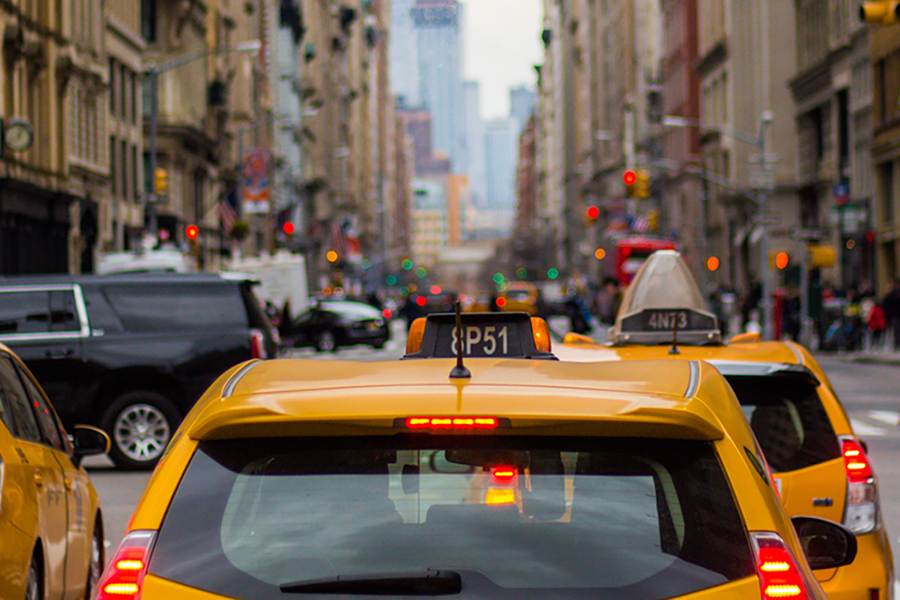
Building Smart Cities With Taxis
By Marika Yang
Media InquiriesAs the world has advanced technologically, the word “smart” has been applied to everything from smartphones to smart homes. Everything is “smart” now, including cities. A smart city utilizes various Internet of Things (IoT) sensors to collect data around the city, which is analyzed to better run and manage the city’s resources and services. Some applications include traffic congestion, noise, and pollution control, among others.
All these applications require data, and more specifically, accurate learning requires good data. This leads to one of the major problems with developing smart cities: cities are large. Beijing is 1,600 square miles with a population of more than 20 million, while comparatively, New York City is 302 square miles with more than 8 million. To collect data, sensors need to be all over the city, but it is impossible to deploy them everywhere due to cost, labor, and limited accessibility to certain areas.
Pei Zhang, associate research professor of electrical and computer engineering, turned to taxis as a mobile sensing platform. Why? A fleet of taxis has a long operational time, a large spatial coverage, and great potential for data collection.
“Placing sensors all over a city with high density would be expensive and difficult to maintain, but managed fleets like taxis are everywhere and go everywhere in a city,” said Zhang.
Despite the potential of a taxi fleet, it also brings new challenges. If sensors are deployed on taxis without any rules or regulations, the data will probably have errors and incomplete results because taxis naturally do not travel to every part of a city. Instead, they are densely situated in around popular places. “Taxis are not designed to support research,” joked Zhang.
To gain better data for accurate learning, Zhang and his colleagues developed an algorithm to create the best plan to motivate taxi drivers to drive to less popular areas—to actuate them in order to collect data via monetary incentives. The researchers emphasized two main goals for data collection: a larger percentage of city area covered and a more evenly distributed coverage. To determine which taxis to actuate for the best data, the algorithm considered several factors, including the location of a given taxi, the possible routes, the potential customers, and the need to reduce costs.
“Basically, the algorithm would tell the driver: ‘follow my route, you may find more customers, but if you don’t, we’ll pay you the difference,’” said Zhang. “For us, we get new data along the new path and improve our overall understanding in the city.”
The actuation system for city-wide crowdsourcing of data reaped positive results. The researchers saw a 40 percent improvement in sensing coverage quality and up to 30 percent increase on ride request matching rates, with only 10 percent of the baseline budget required. They have collaborated with Chinese company Environmental Thinking and currently have 146 deployments in Shenzhen and 19 in Tianjin.
As part of the collaboration, they developed a pollution mapping tool called Atmospheric Monitoring System that tracks a multitude of information about air pollution in a given place. The tool compiles information from weather to 24-hour graphs of particulate matter (PM2.5), nitrogen dioxide (NO2), and ozone (O3) pollution into one platform.
“As cities becomes smarter, our system will provide high resolution and accuracy sensing information to city managers or occupants,” said Zhang. “With better situational awareness, a smart city will be better able to respond to its occupants.”
